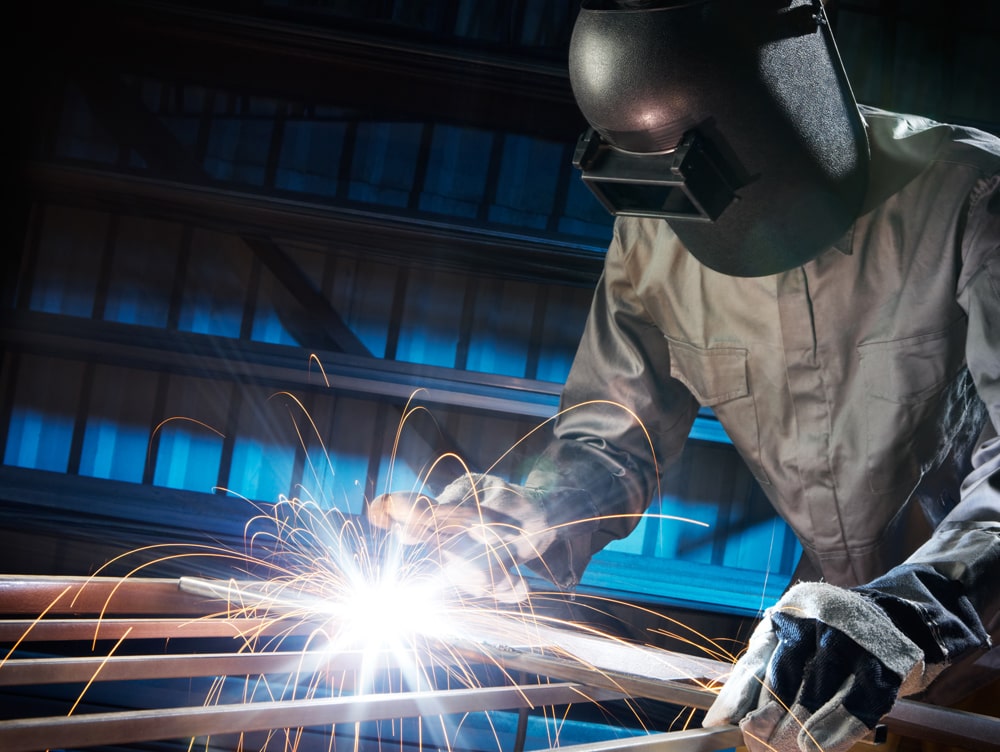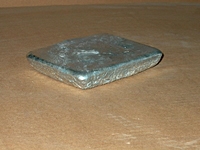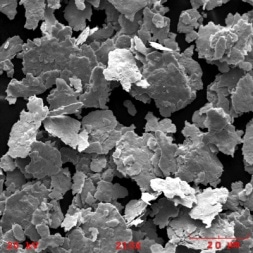The Promising Future of Zinc Batteries
Leave a CommentIt’s probably not surprising to hear that at Purity Zinc Metals, we are always on top of the latest news and technology when it comes to zinc. We also enjoy staying one step ahead of the latest manufacturing topics and innovations.
That’s why we are closely—and excitedly—following the work being done by a small California-based startup called Imprint Energy, who are creating ultra-thin batteries out of zinc, not lithium. Why is this little battery so exciting? Its micro-design, which includes flexibility, lower costs, and rechargeable capabilities, could change electronics as we know it.
If these thin zinc batteries were able replace standard lithium batteries used in our portable devices, these devices could become razor-thin and ultra lightweight. Imprint’s CEO states in this article that “It’s hard to make standard lithium ion batteries thin and flexible,” which results in design challenges for small laptops, tablets, and smartphones.
Their zinc battery, according to this same article, “tackles the problem of rigidity and bulkiness by throwing out the lithium,” using zinc for the anode part and a cathode made of metal oxide. And while, in the past, it’s been a challenge to make zinc batteries rechargeable, they have solved this problem through the use of an electrolyte made of a solid polymer combined with zinc. The end result is a battery as tiny as a few human hairs, that also happens to be safer and less toxic than lithium ion—a promising choice for medical devices.
The possibilities—ranging from cell phones as thin as credit cards to safer implantable medical devices—are endless. And while the work isn’t done yet, it’s showing more than a little potential. We can’t wait to see what these tiny zinc batteries can do, and we’ll be sure to keep you posted!




